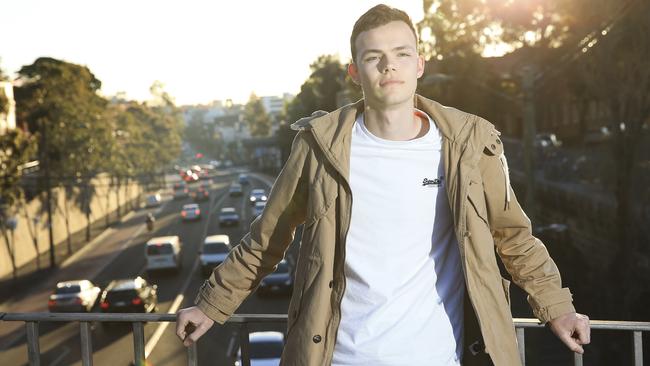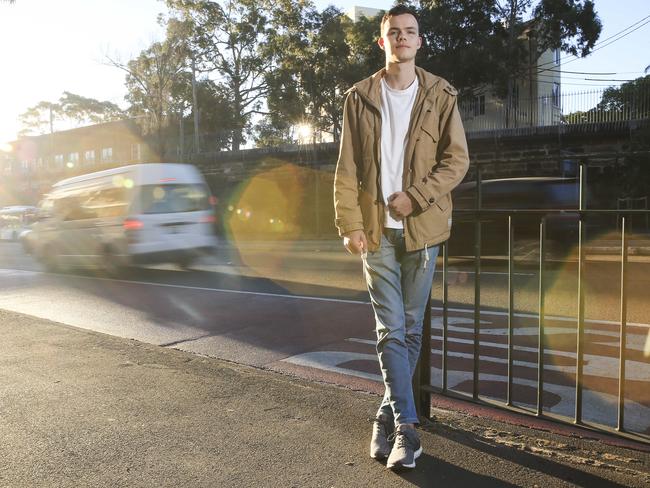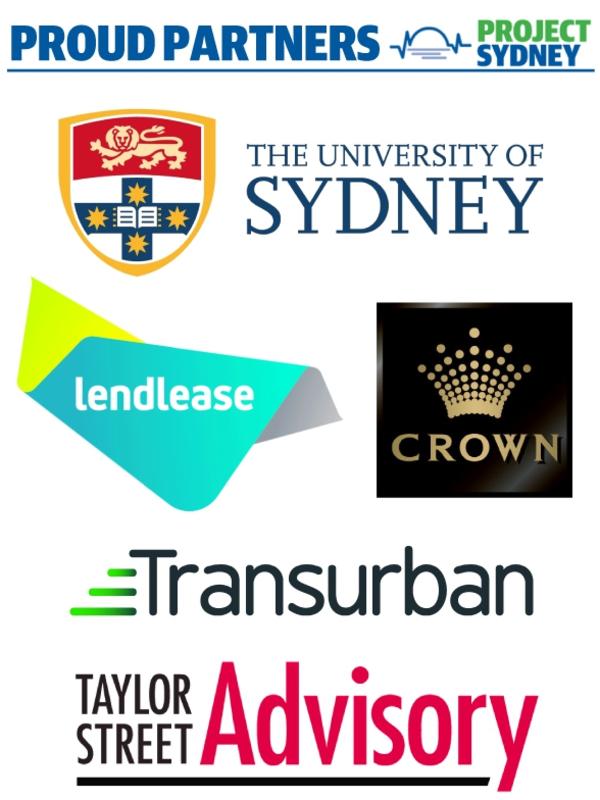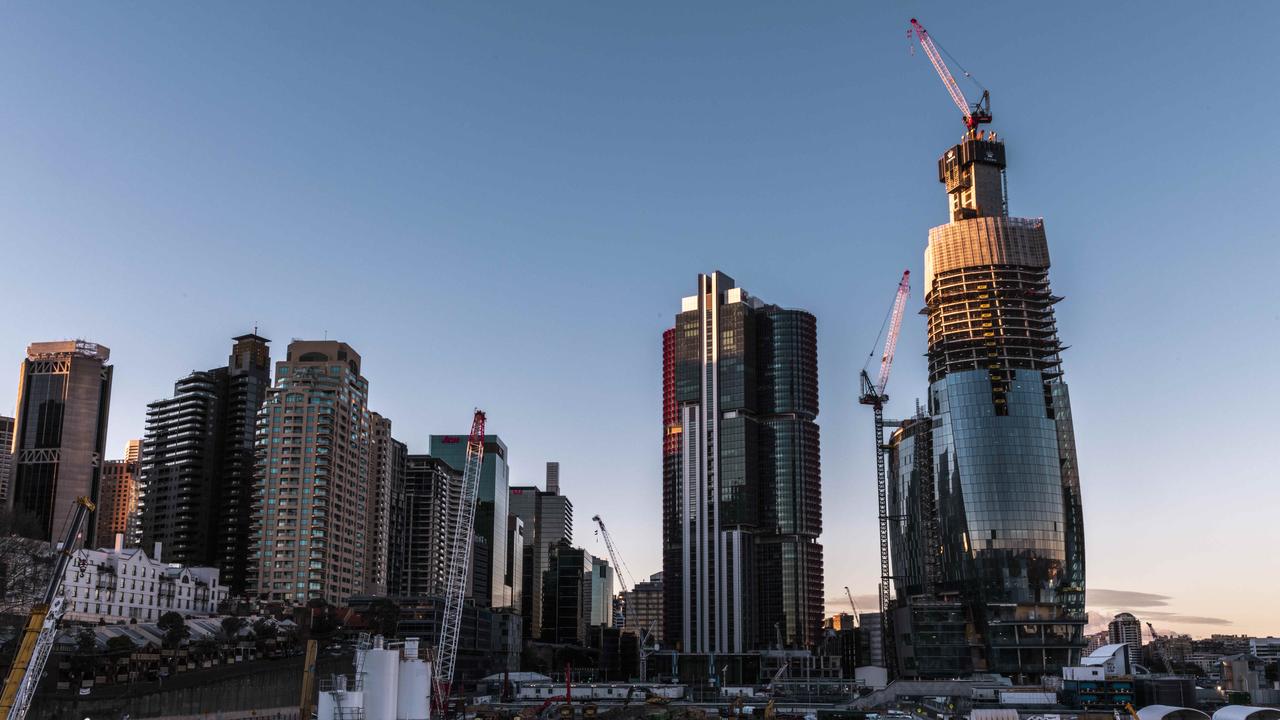Project Sydney: Underground highways ‘would ease traffic and improve air quality’
THE solution to Sydney’s traffic gridlock is a ground-breaking scheme putting it all underground in a network of subterranean highways, a engineering and science uni student says.

Project Sydney
Don't miss out on the headlines from Project Sydney. Followed categories will be added to My News.
THE solution to Sydney’s traffic gridlock is a ground-breaking scheme putting it all underground in a network of subterranean highways, University of Sydney engineering and science student David Shead says.
The 19-year-old Lendlease Bradfield Urbanisation Scholarship finalist wants Sydney to follow the underground route taken by Los Angeles to improve the connections between residents and their workplaces.
High-speed travel on electric carts that can reach 200kmh will drastically cut commute times and “ensure that Sydney remains liveable and dominant on the world stage”.

Mr Shead says: “These highways take the strain away from the existing roadways, opening them up for pedestrians, cyclists and public transport.
“They will increase air quality in the city and pave the way for predominantly renewably powered transport.
“As a city undergoes urban sprawl, it becomes increasingly harder to remain efficient, commutes become longer, people lose a reason to know their neighbours and the overall quality of the city drops.”
Mr Shead says the city’s quality of life is reduced by dormitory suburbs that force employees to travel further to work and suffer stress and feelings of isolation.
He says Sydney’s future as a global city will rely on its ability to function as a business authority and a centre for culture.
Under his plan, each of the new residential districts will have a central region of high-density housing, shops, health centres and parks linked by the subterranean highways.
“This format will not alter the population density of the western region; rather it will draw together smaller households into a central location, using space more efficiently.

“The areas of high density such as flats will cater for the young professionals who do not have a family and otherwise do not need the excessive space of a bungalow-type house.
“Areas of high-to-medium density such as terrace houses will cater for smaller families and couples who wish for more space but are too busy to maintain a garden.”
Reclaimed spaces will be used for communal parks, gardens and other leisure centres open to the public.


